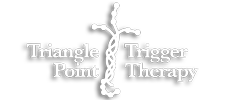Neuromuscular
Massage
Therapy
Neuromuscular Massage Therapy
Neuromuscular Massage Therapy (NMT) is a highly specialized branch of hands-on massage techniques designed to relax hypertension in the body layer by layer. From the surface of the skin all the way down to where tendons and ligaments attach, our goal is to clear out tension in every nook and cranny where it may be hiding in the soft tissues and causing you pain. By carefully applying exact amounts of pressure to fascia, muscles, tendons and ligaments in both active and passive states, we can begin to free long standing hyper-contractions as well as many other undesirable symptoms such as adhesions and trigger-points that may be causing an array of sensations such as pain, tingles, numbness, cramping, aching and burning. The ultimate goal of NMT is to help you restore normal movements within a full range of motion so that you can establish exactly enough flexibility, strength, and endurance to live the active, pain-free life of your dreams.
Specific physiological laws govern the practice of NMT and we are glad to explain the exact science in greater detail or suggest educational materials or workshops if you are interested in learning more than the basic information provided below.
The 5 tools of NMT assessment:
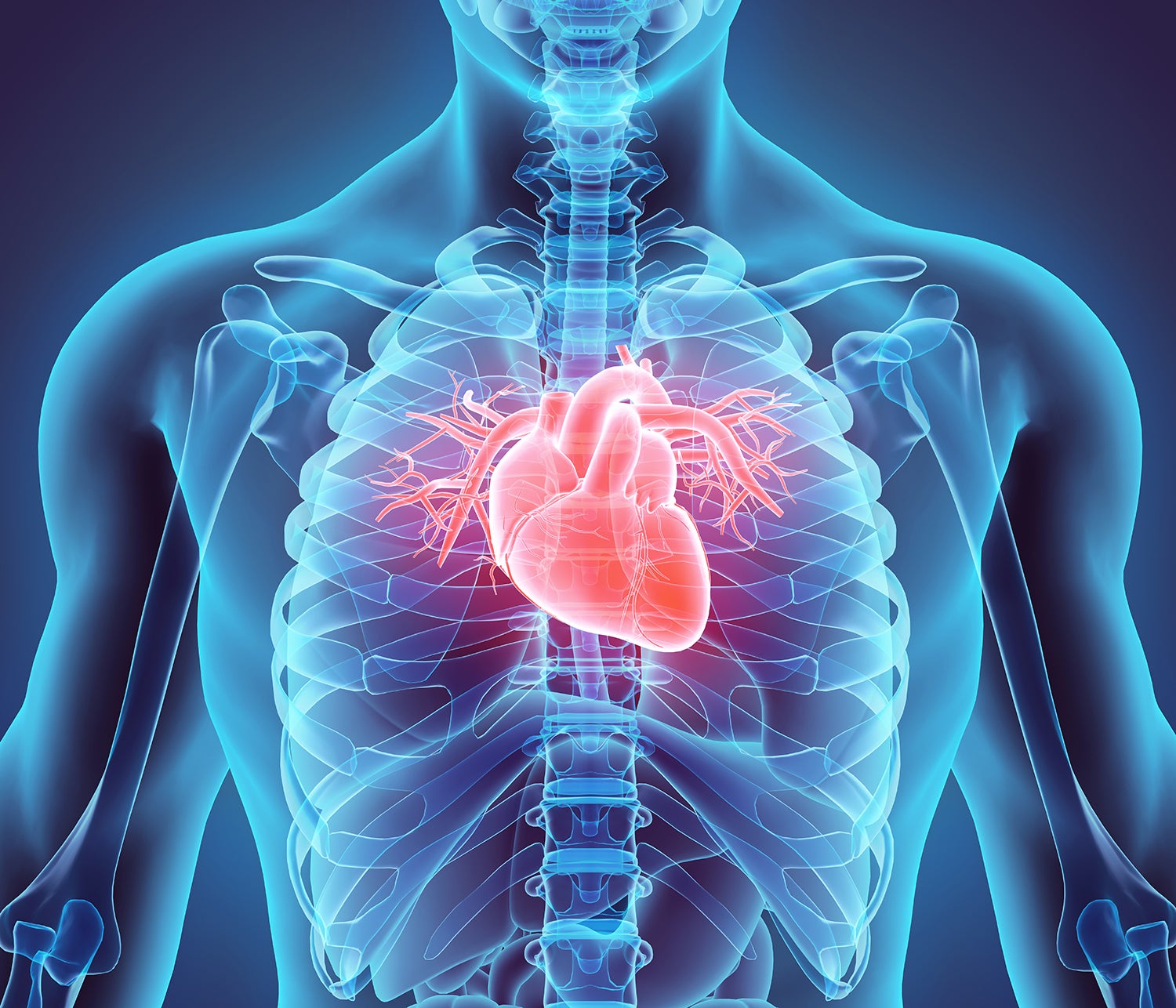
1
Ischemia
2
Trigger Points
Trigger points are abnormal and undesirable places that develop in the body as a result of trauma, postural distortion, injury, surgery and other stressors. We are not born to have them and not everyone who has soft tissue pain does. These radiating or "referring" sensations are the whole "point" of a trigger point and therefore must be present in order for a sore place to be labeled as a trigger point. Once a trigger point radiates or refers, it can take the form of tingles, numbness, shooting pain, aching, "stingers," "goose flesh," and even thermal changes - making symptoms all the more difficult at times for the person experiencing a sensation like this to trace back to a trigger point site of origin.
There are “common zones” where trigger points are likely to radiate that have been charted throughout history, but the truth is they can be completely unique to an individual. Just because a person has pain in his or her body does not mean there are trigger points present. Contrary to popular belief, doctors and therapists cannot tell you there is a trigger point by simply touching the soft tissues and finding a “nodule,” “knot,” or “taut band,” (see ischemia). Only the person being touched can know whether or not there is a trigger point associated with these things or not. If there is a radiating sensation it must be brought to the attention of a practitioner or they will not know a trigger point exists and it may not be effectively treated.
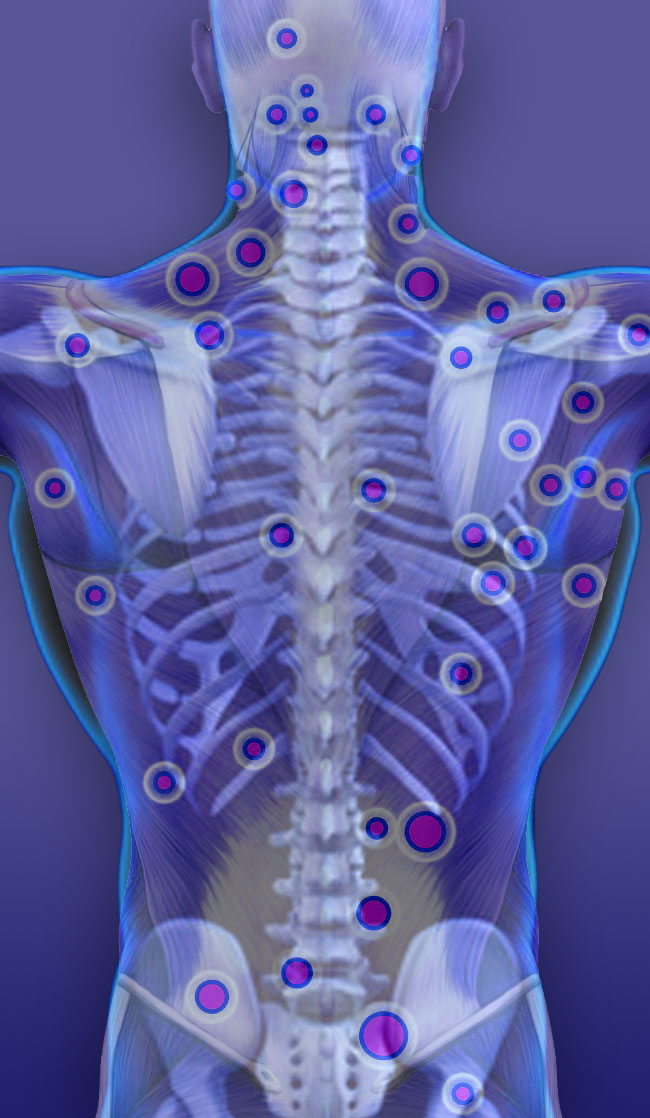
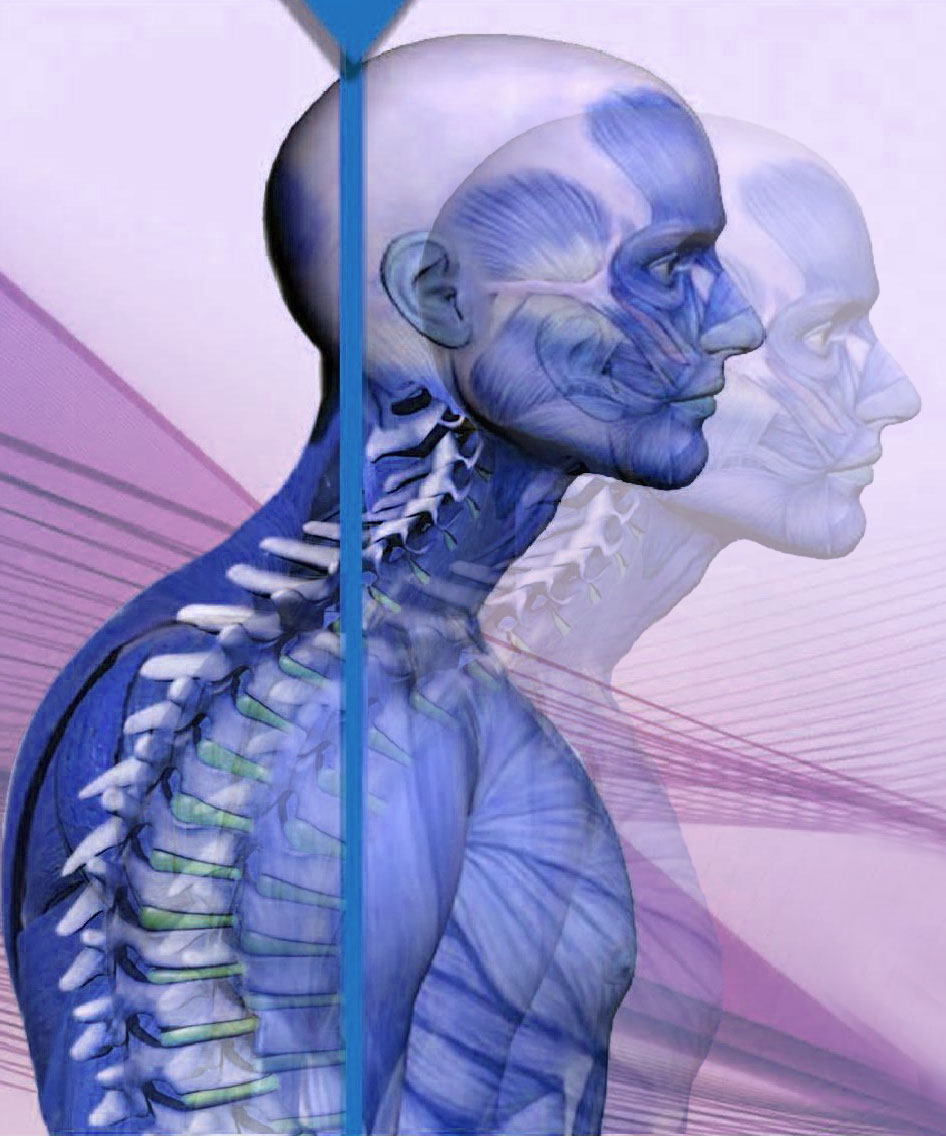
3
Postural Distortions
4
Bio-Mechanical Dysfunction
Faulty movement and gait patterns that result from the ischemia, trigger points and postural distortions described above. Assessments are made by observing movement patterns, measuring flexibility, joint mobility and strength.
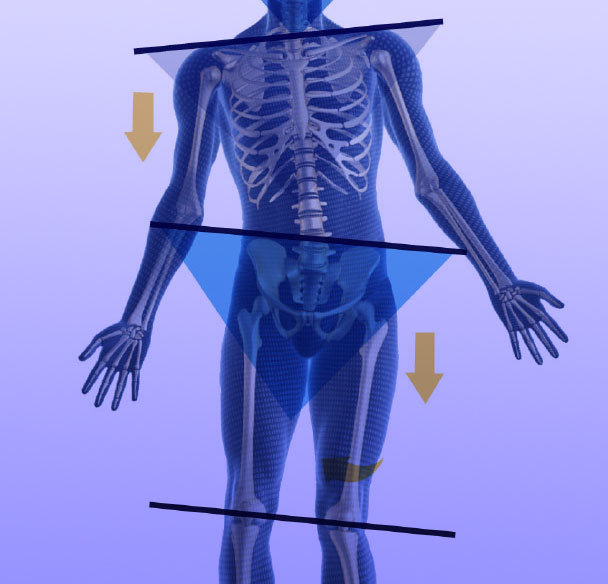
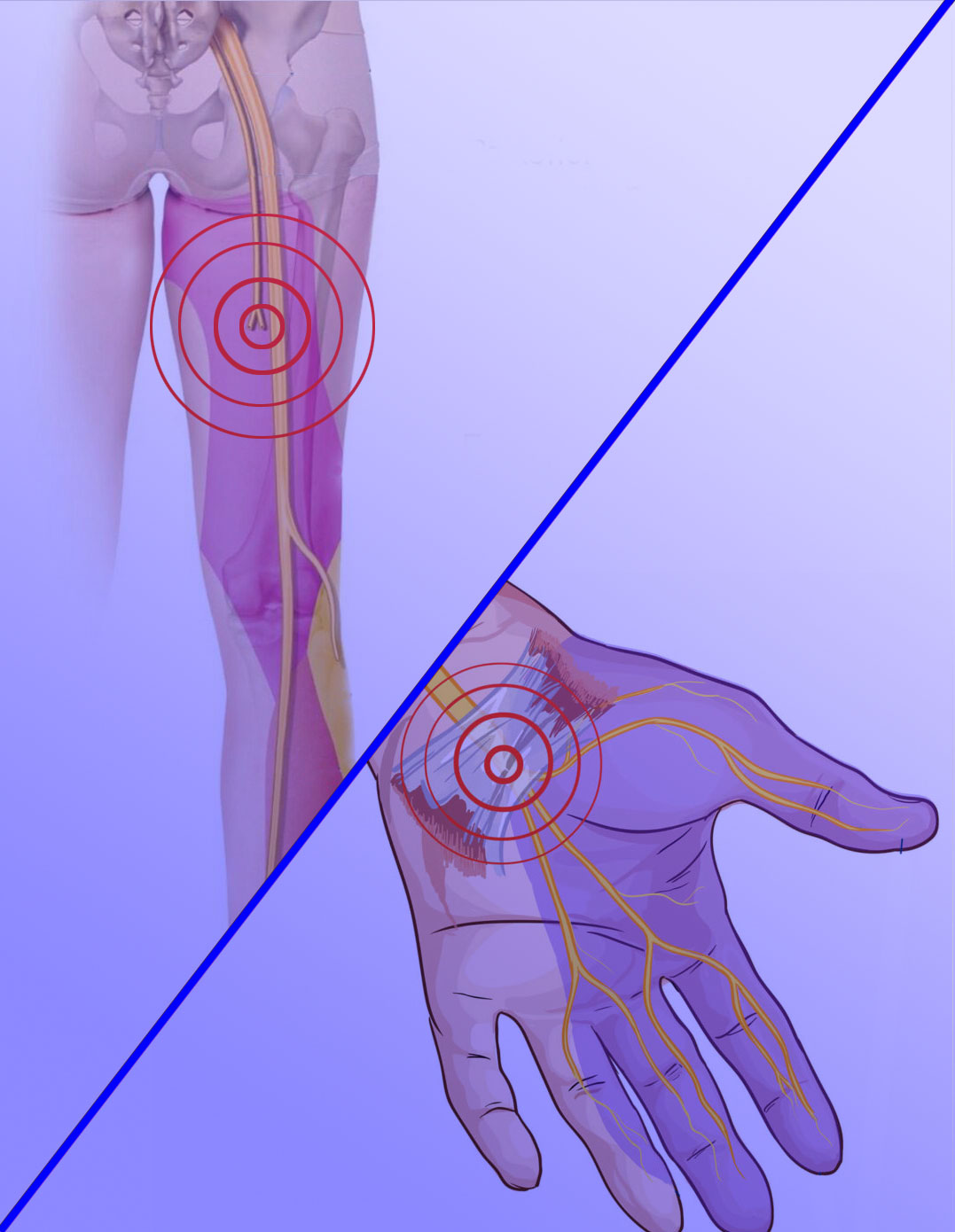
5
Nerve Entrapment vs Nerve Compression
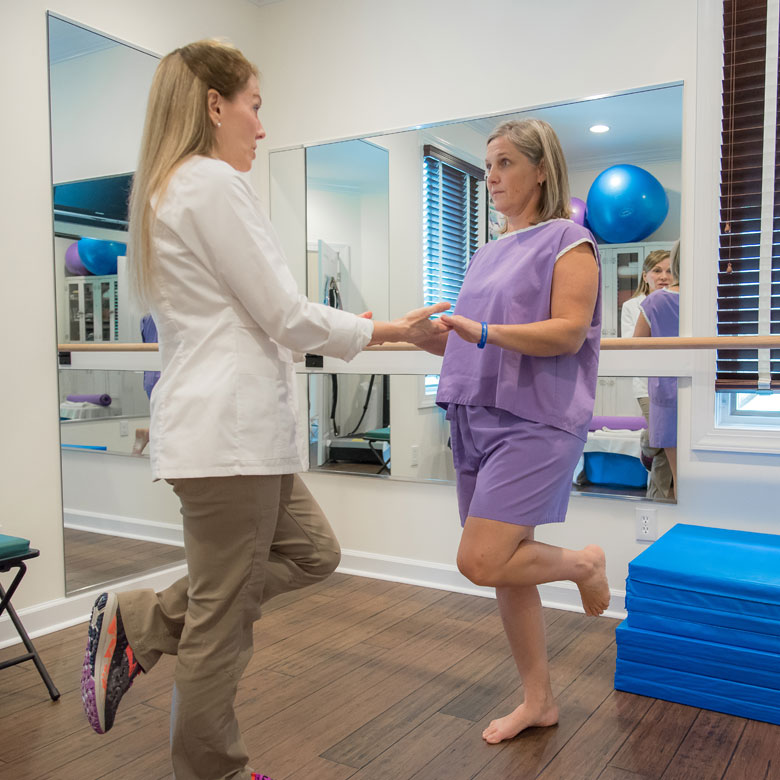
The 5 NMT Stages
of Rehabilitation:
The 5 NMT stages of rehabilitation:
- Remove Ischemia and Trigger Points
- Restore Movement and Balance
- Re-establish Mobility and Flexibility
- Re-build Strength
- Re-develop Endurance
Once we have eliminated the ischemia, trigger-points, and pain with NMT, myofascial stretching, etc., then you are ready to restore balance and movement. After that it’s time to get to work on flexibility, strength, and endurance - the trilogy of fitness – with techniques such as those used in Physical Therapy (PT), Active Isolated Stretching (AIS) and with personal trainers.
If done out of this order, or if rehabilitation techniques are begun too quickly, done too intensely or performed before the body is actually ready, we have seen it result in incomplete healing, setbacks, flair-ups, and re-injury. For example, if a person who is still in pain attempts to strengthen and build endurance by doing weight training or aerobic exercise before the ischemia has been eliminated or the range of motion has been fully restored, it can result in the muscles re-tightening and the “old pain,” immobility and trigger-points reactivating themselves. Unfortunately, we see this happen all too frequently when people start feeling better and then do too much too quickly. Our advice is always take it slow, listen to your body’s feedback and be patient with recovering flexibility and strength. Small, consistent gains from good daily habits are the real key to success and being pain free long term.

